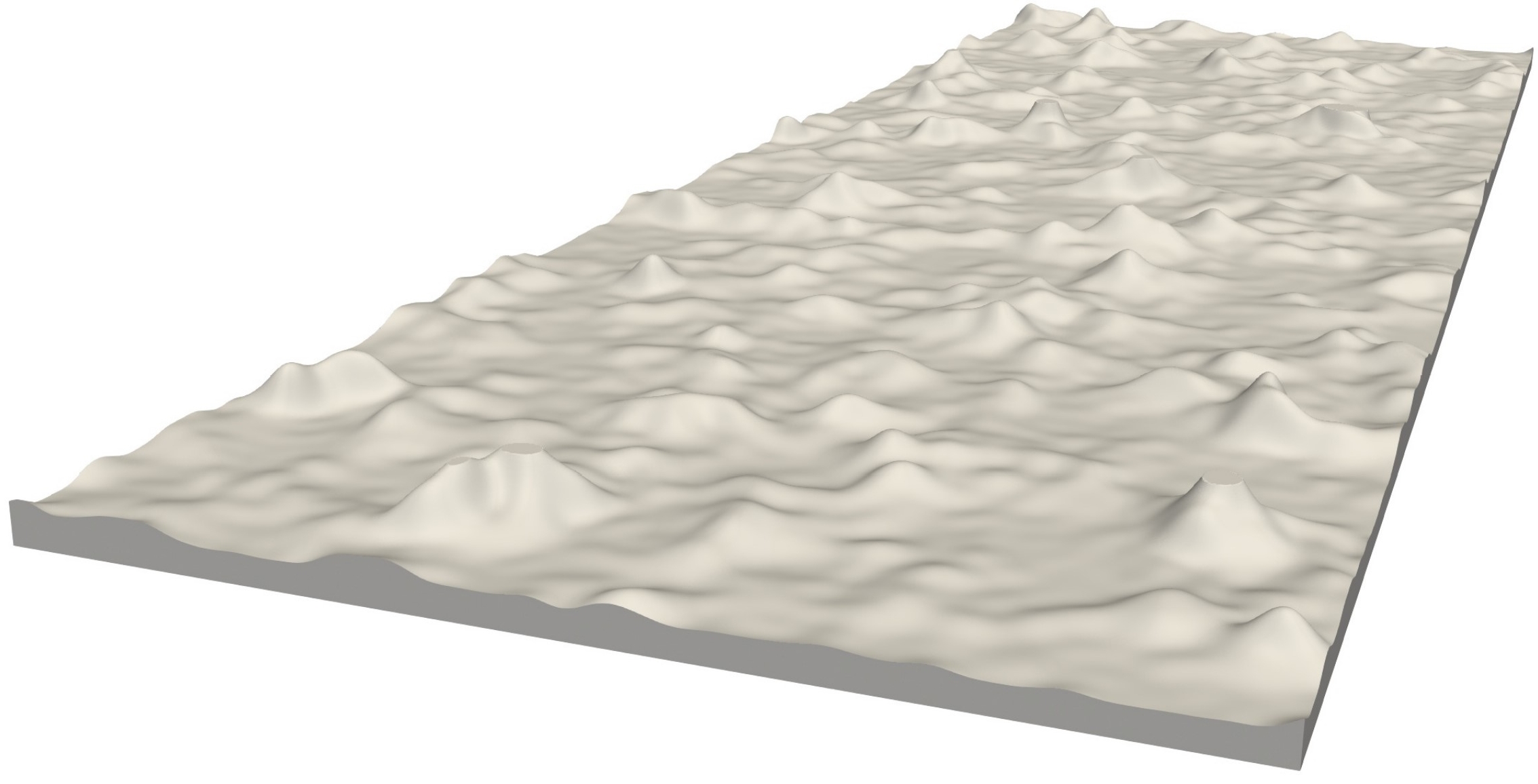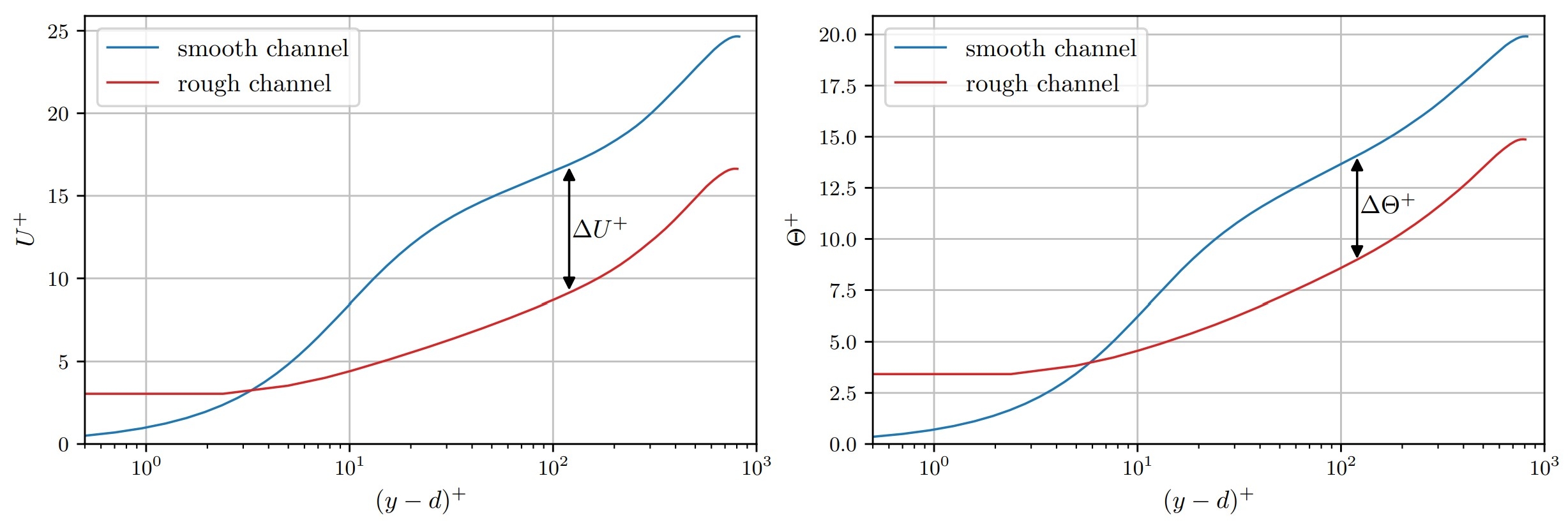Prediction of heat transfer on rough surfaces in turbulent flows
- Ansprechperson:
- Förderung:
Friedrich und Elisabeth Boysen-Stiftung
- Starttermin:
March 2024
Rough surfaces are present in multiple industrial applications and significantly affect turbulent flow, including velocity and temperature profiles, resulting in increased friction loss and heat transfer. Current predictive models for heat transfer lack of suitable expressiveness and are often unreliable. However, models predicting the velocity influence have shown significant improvements in recent years and lead to further understanding of the underlying mechanisms in the turbulent flow close to a rough wall. Hence, this project aims to develop a predictive and explainable model for roughness influence on heat transfer through data-driven algorithms solely based on the roughness height map and relevant fluid parameters. The required data is generated through Direct Numerical Simulations (DNS) of turbulent fluid flow combined with non-conjugate heat transfer over a mathematically generated rough surface. Initially, homogeneous rough surfaces will be analyzed and included in the predictive model, which will later be extended to additionally describe heterogeneous and anisotropic rough surfaces. As data-driven models need a sufficient amount of generated data, the acceleration of numerical simulations by GPU offloading will be explored in the beginning of the project. This is especially crucial as current supercomputing facilities are transitioning towards heterogeneous cluster architectures.


